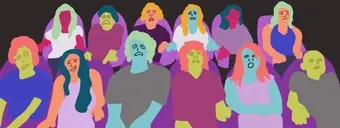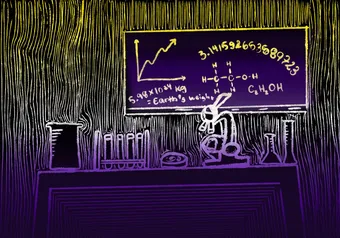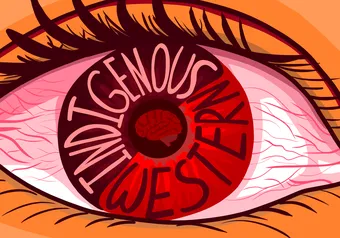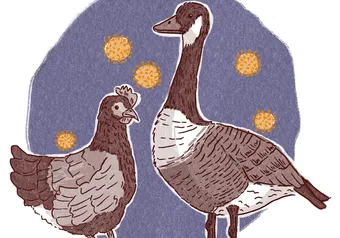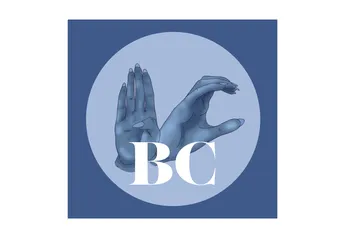With 2022 slated for the release of many highly-anticipated horror films, these upcoming releases are sure to invoke an array of emotions in moviegoers, ranging from excitement to genuine horror.
A 2019 review in Frontiers Psychology suggests that personality and psychological responses along with thematic elements may play a role in our reactions to horror films. To learn more, The Ubyssey sat down with horror movie buffs and a clinical psychologist to discuss why horror movies draw some of us in while scaring others away.
Roller coaster of reactions
According to Dr. Lynn Alden, clinical psychologist and professor in UBC’s department of psychology, the three primary factors that determine our reactions to horror films can be classified as biological, psychological/cognitive or social.
Alden explained that certain individuals may be more biologically reactive to scary movies. For example, those who are more “aware of body sensations” may interpret a physical response as signifying legitimate danger when engaging with horror media. This is in contrast to horror buffs, like David Taylor, the founder and director of the Vancouver Horror Show Film Festival, who said in an interview with The Ubyssey that he “has a very high tolerance” for the disturbing elements found in horror films. According to Taylor, horror films can be an opportunity to engage with fear in a safe environment.
Psychological or cognitive factors also play a crucial role in a person's reactions to horror films. For example, specific fears may be triggered by motifs found in horror films. One example of this, outlined by Alden and in a 2015 article in the Review of General Psychology, is the “uncanny valley” — a phenomenon where a creature or object is close to human but just different enough to unsettle viewers (see the Cats film adaptation for a truly horrifying example).
Finally, there are social factors. According to Alden, given that we “learn [our] fears from other people,” the setting in which we watch a scary movie can determine our reaction. Watching a film with friends who are enjoying the movie can lead to a less frightening experience because of the social support provided.
Horrifying emotions
According to Taylor, different horror films may seek to initiate different emotions in their viewers. Fear is most apparent, often provoked by classic horror elements like jump scares. Disgust has also been featured prominently in recent decades, with Taylor pointing to 2009’s notorious The Human Centipede as an example. While not a strict dichotomy, Taylor explained that films primarily evoking fear or disgust may attract different audiences.
Students interviewed by The Ubyssey vary in their tolerance for disgust. While fourth-year history student Jayde Grimard enjoys some gore, she said she doesn’t enjoy films that completely centre on torture. In contrast, Liam Title, a fourth-year honours English literature student, said that he doesn’t usually feel disgusted and enjoys deciphering how movie magic creates gory effects.
Horror films also frequently produce dread or apprehension, which is the sense that something dangerous will happen in the future, as opposed to fear, which is an immediate response to perceived danger, explained Alden.
Score and sound design are important in building a sense of tension for the viewer. Taylor stated many horror films feature relatively simple shots that, without sound, “would probably fall completely flat.” Title also highlighted sound and score in recent films like Midsommar and The Witch as creating an “atmospheric audiovisual assault” to provoke dread in the audience.
Different audiences may also be drawn to films grounded in reality versus supernatural horror. Taylor suggested that skeptics may be drawn to characters like Michael Myers whose actions are not “out of the realm of possibility.” In contrast, Title said he enjoys the thematic significance that can be drawn from supernatural elements, such as ghosts as a representation of lingering trauma.
On the other hand, Alden stated that supernatural horror may be more frightening for some due to “added element[s] of mystery” and unpredictability. Our imaginations also play a role in our response to the supernatural, with our minds often conjuring ideas more frightening than what can be depicted on-screen, she explained.
Journeys in horror
Horror film plots also drive the genre’s appeal and often focus on the journey of a single character, be it a hero or a villain.
Grimard described “rooting for someone and then having them see it through to the end” as creating a sense of triumph in the viewer. Both Grimard and fifth-year student Jonathan Elmer discussed the prominence of tropes and formulas in horror. While Grimard praised the successful execution of formulas, Elmer prefers films like Cabin in the Woods that comment on or subvert genre conventions.
Horror further serves as a mirror of “the challenges facing us and the world right now,” according to Taylor, who pointed to Squid Game and The Purge as examples of horror exploring prevalent issues like racial and social inequality. Title echoed this sentiment, saying that horror “break[s] the false reality that we labour under by introducing … repressed elements,” forcing us to confront the dark realities lurking beneath our often-privileged everyday lives.
The scariest films, according to Title, don’t rely on jump scares or gore, but rather force us to call our own experiences into question and leave us less secure in our beliefs.
First online
Share this article


